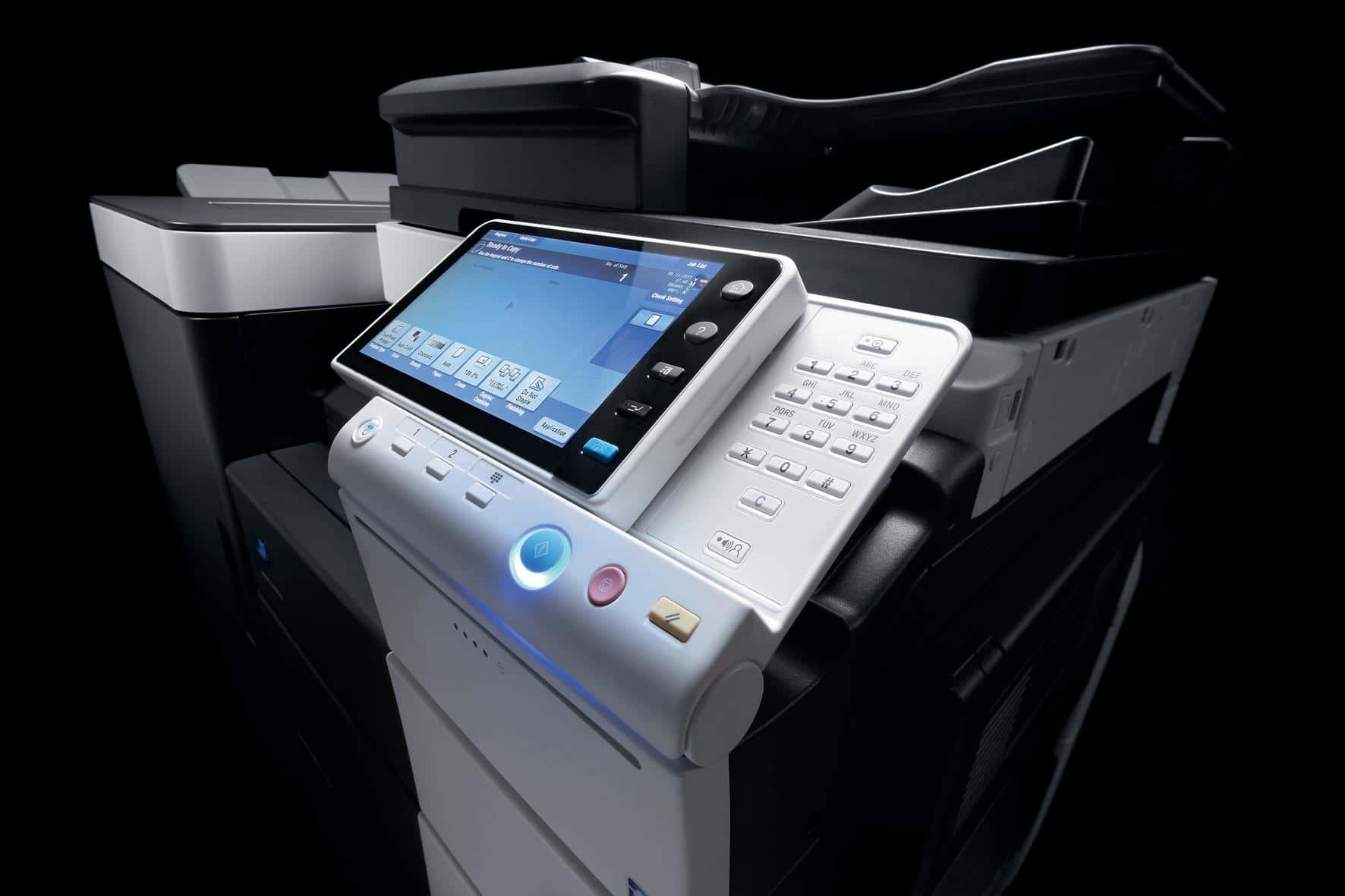How Much Debt is Too Much Debt for Konica Minolta (TSE:4902)?
David Iben once aptly said, “Volatility is not a risk we care about. What we care about is avoiding the permanent loss of capital.” This sentiment underscores the importance of considering debt when assessing a company’s risk. Excessive debt can be a company’s downfall, so it’s crucial to examine Konica Minolta, Inc. (TSE:4902) and the role debt plays in its operations. But should shareholders be concerned about the company’s debt levels?
What Risks Does Debt Pose?
Debt becomes risky when a company is unable to meet its obligations, either through free cash flow or by raising capital at favorable terms. If a company cannot repay its debts, shareholders may be left with nothing. While this scenario is uncommon, it can lead to shareholder dilution if a company is forced to raise capital at a distressed price. That said, many companies use debt effectively to fund growth without negative repercussions. When evaluating debt, it’s important to consider both cash and debt levels together.
How Much Debt Does Konica Minolta Have?
As of September 2024, Konica Minolta reported a debt load of JP¥405.9 billion, a figure consistent with the previous year. However, the company also holds JP¥107.5 billion in cash, reducing its net debt to approximately JP¥298.4 billion.
An Overview of Konica Minolta’s Liabilities
Konica Minolta’s balance sheet shows liabilities of JP¥440.2 billion due within 12 months, and an additional JP¥361.1 billion due beyond 12 months. Against this, the company has JP¥107.5 billion in cash and JP¥302.1 billion in receivables due within the year. This means the company’s liabilities exceed its cash and short-term receivables by JP¥391.7 billion.
Given that the total liabilities surpass the company’s market capitalization of JP¥318.8 billion, shareholders may need to closely review the balance sheet. In a worst-case scenario, raising capital to cover these liabilities at the current share price could lead to significant dilution.
Analyzing Debt Ratios
To assess debt relative to earnings, we typically examine two key ratios: the net debt-to-EBITDA ratio and the interest cover ratio. These ratios provide insight into both the amount of debt and the cost of servicing that debt.
Konica Minolta’s net debt-to-EBITDA ratio stands at 3.0, indicating that the company does carry some debt. However, its interest cover ratio is weak at just 1.7, highlighting high leverage. The company’s large depreciation and amortization expenses suggest that its debt load might be more burdensome than it initially appears, as EBITDA may not fully reflect the true strain on earnings.
The impact of this debt on shareholder returns is evident, particularly since Konica Minolta saw its EBIT decline by 30% over the past year. If this trend continues, it could face serious challenges in repaying its debt.
The Importance of Free Cash Flow
Debt repayment requires real cash, not accounting profits. Therefore, it’s essential to assess how much of EBIT is converted into free cash flow. Over the past two years, Konica Minolta has generated strong free cash flow, amounting to 74% of its EBIT. This solid cash flow puts the company in a relatively strong position to pay down its debt when needed.
In conclusion, while Konica Minolta’s debt levels aren’t immediately alarming, the company’s ability to manage them depends heavily on future earnings and its capacity to generate free cash flow. Shareholders should closely monitor these factors to gauge whether the debt remains sustainable.
